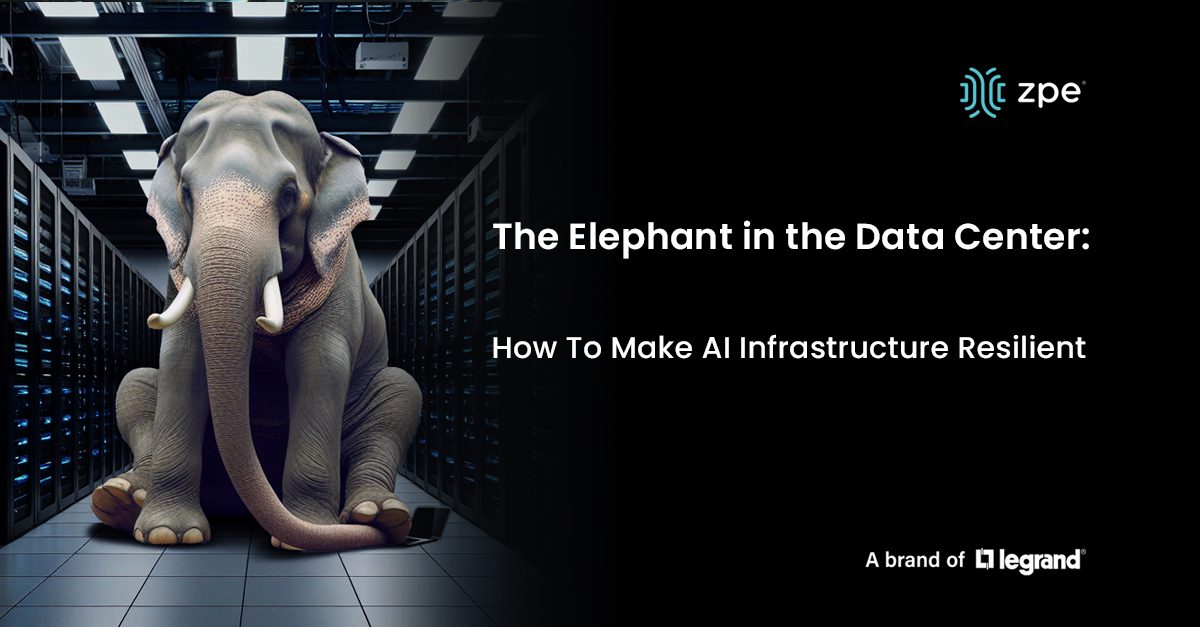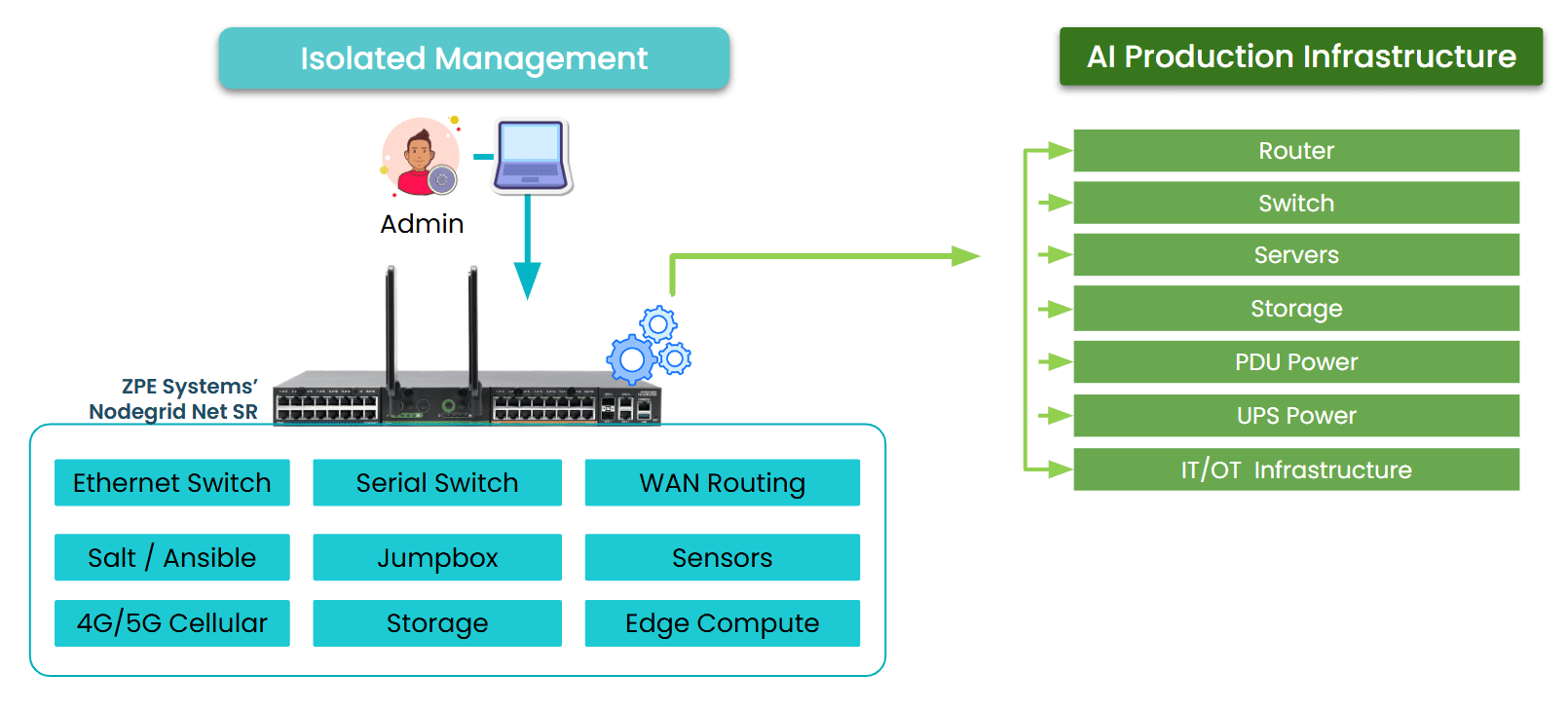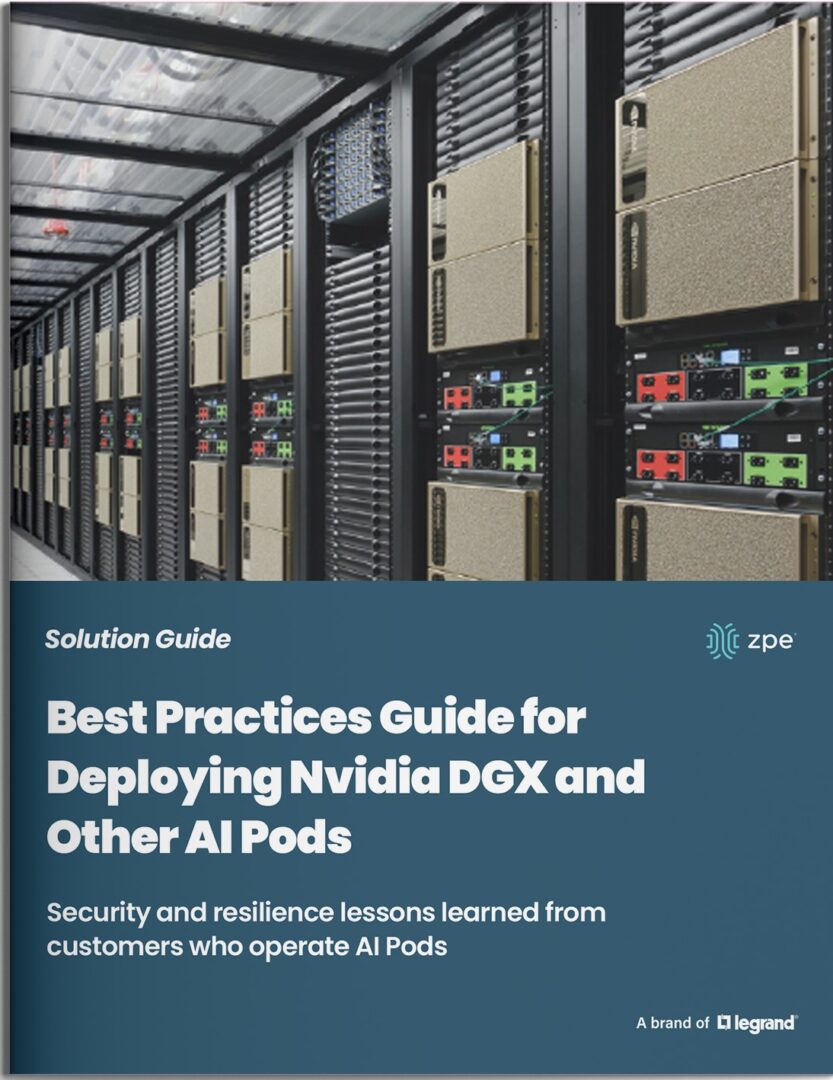
The Growing Role of AI in Networking and Security
AI is transforming industries, and networking and security are no exceptions. Whether businesses consume AI tools as a service or integrate them directly into their infrastructure for cost savings and control, the impact of AI is undeniable. Organizations worldwide are rapidly adopting AI-powered solutions to optimize network operations, automate security responses, and improve overall efficiency.
But one glaring issue remains: After acquiring AI infrastructure, many organizations find themselves asking, “Now what?”
Despite the excitement around AI’s potential, there is a significant lack of clear, actionable guidance on how to deploy, recover, and secure AI-powered networks. This gap in best practices and implementation strategies leaves businesses vulnerable to operational inefficiencies, unforeseen challenges, and security risks.
So, how can organizations harness AI’s potential and ensure the resilience of their multi-million-dollar investment? Here are lessons learned from enterprises that have successfully implemented AI in their IT environments, along with a downloadable best practices guide for deploying, recovering, and securing AI data centers.
Understanding AI’s Role in Network Management
Like autonomous driving, AI adoption in network management operates at different levels:
- No AI: Traditional, manual network operations.
- AI consuming logs for alerts: Basic monitoring and reporting.
- AI consuming logs with broader data access: Enhanced insights for more informed decision-making.
- AI-driven network decision-making in specific areas: AI autonomously manages certain aspects of the network.
- AI managing all IT infrastructure: A fully autonomous, AI-powered network.
As with autonomous vehicles, human oversight remains crucial. There must always be a way for administrators to take control in case AI makes an error. The key to ensuring uninterrupted access and oversight is by using an Isolated Management Infrastructure (IMI) — a separate, dedicated management layer designed for resilience and security.
Why an Isolated Management Infrastructure (IMI) is Essential to AI Resilience
AI-driven networks need a dedicated infrastructure that enables human operators to intervene when necessary. Here are a few reasons why:
- Security and Isolation: What if AI induces a vulnerability or disruption? IMI is separate from production, giving teams a lifeline to gain management access and fix the problem.
- Network Recovery & Control: What if AI misconfigures the network? IMI allows human administrators to override AI decisions and roll back to the last good configuration.
- Resilience Against Threats: What if ransomware strikes? IMI’s isolation keeps admin access safe from attack and allows teams to fight back using an Isolated Recovery Environment.
Diagram: Isolated Management Infrastructure provides a separate, secure environment for admins to manage and automate AI infrastructure.
IMI is also becoming the standard called for by regulatory bodies. CISA and DORA mandate separate, air-gapped network infrastructures to support zero-trust security frameworks and strengthen resilience. The major roadblock that most organizations face, however, is that successfully implementing an IMI requires technical expertise and a strategic approach.
Challenges in Deploying an IMI
Organizations looking to build a robust, isolated management network must navigate several challenges:
- High Complexity & Cost: Traditional approaches require multiple devices (routers, VPNs, serial consoles, 5G WAN, etc.), leading to higher costs and integration challenges.
- Manual Network Management: Some organizations still rely on IT personnel or truck rolls to resolve issues, which increases costs and forces teams to focus on operations rather than improving business value.
- Machine-Speed Operations vs. Human Response Times: AI operates at unprecedented speeds, making manual intervention impractical without an automated and isolated management solution.
- Extremely Limited Space: AI deployments are “packed to the gills” with compute nodes, storage, networking, power/cooling, and management gear, and there is often no room to deploy the 6+ devices needed for a proper IMI.
The Blueprint for AI-Operated Networks
ZPE Systems has collaborated with leading enterprises to define best practices for implementing an IMI. These best practices are described in the downloadable guide below. Here’s a snapshot of some key components:
1. A Unified Hardware or Virtual Device
- A central out-of-band management platform for both physical and cloud infrastructure.
- Open, extensible architecture to run critical applications securely.
2. Comprehensive Interface Support
- Traditional RS-232 serial console, USB, and OCP interfaces for network recovery.
- Serial console access ensures recovery even if AI misconfigures IP routing or network addresses.
3. Switchable Power Distribution Units (PDUs)
- Enables remote power cycling to recover hardware that becomes unresponsive during software updates.
4. An Integrated Software Stack
- Historically, enterprises combined Juniper routers, Dell switches, Cradlepoint 4G modems, serial consoles, HP jump servers, Palo Alto Firewalls, and SD-WAN for remote access.
- ZPE Systems consolidates these functions into a single, cohesive solution with Nodegrid out-of-band management.
5. Flexible Management Options
- Supports both on-premises and cloud-based management solutions for varying operational needs.
6. Security at all Layers
- Built-in security features ensure third-party validation and compliance with regulatory standards.
Download the AI Best Practices Guide
AI-driven infrastructure is quickly becoming the industry standard. Organizations that integrate AI with an Isolated Management Infrastructure will gain a competitive edge while ensuring resilience, security, and operational control.
To help you implement IMI, ZPE Systems has developed a comprehensive Best Practices Guide for Deploying Nvidia DGX and Other AI Pods. This guide outlines the technical success criteria and key steps required to build a secure, AI-operated network.
Download the guide and take the next step in AI-driven network resilience.
Get in Touch for a Demo of AI Infrastructure Best Practices
Our engineers are ready to walk you through the basics and give you a demo of these best practices. Click below to set up a demo.


